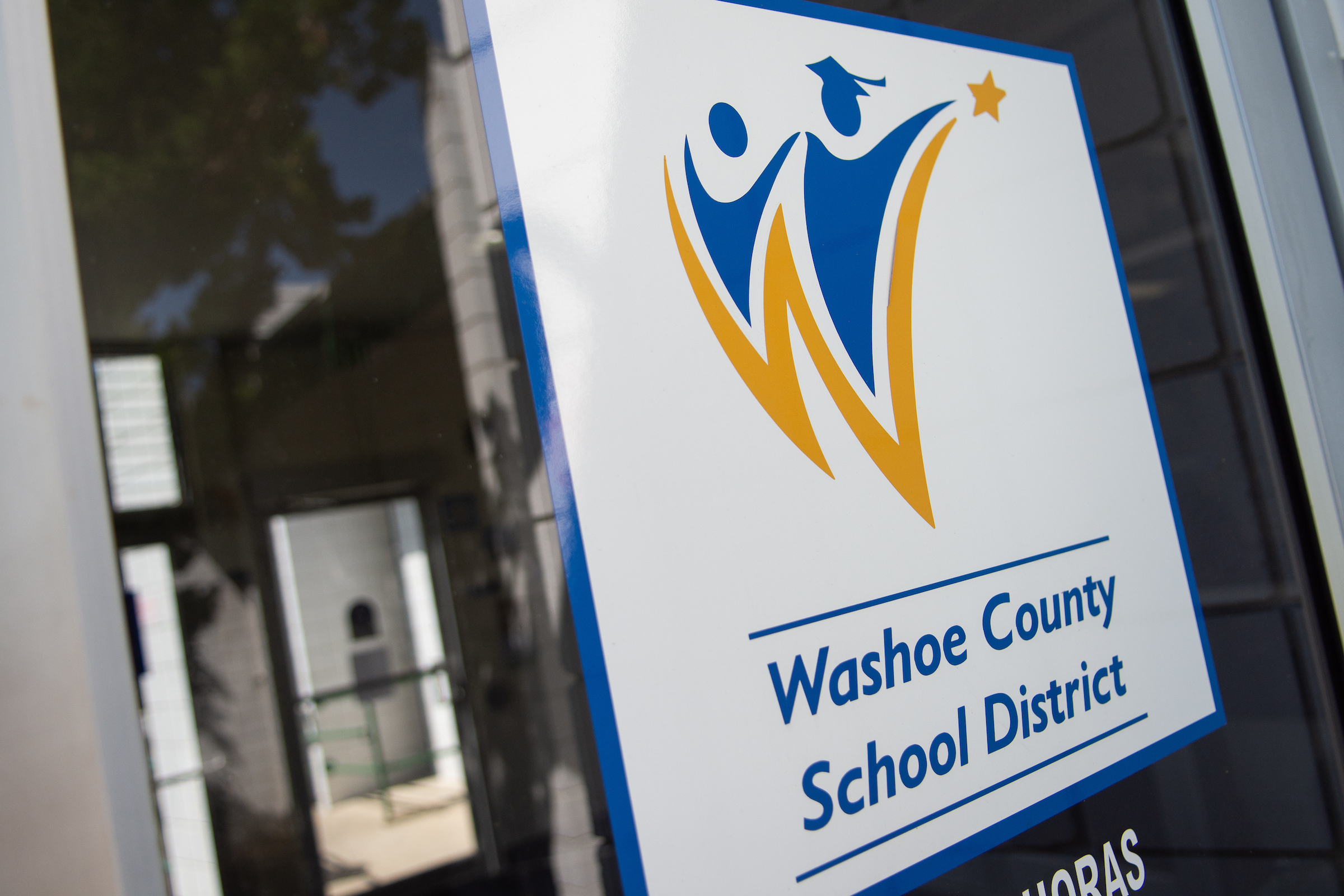Washoe County School District seeks new kind of community involvement — in the budgeting process

Some Washoe County students must walk to school for the first time this year, but if they’re annoyed, they should direct complaints to their parents.
The Washoe County School District, which includes Reno, increased walk zones by a quarter mile for elementary and middle school students after receiving budget input from parents and community members, who preferred that option over other cost-cutting measures. It saved roughly $550,000.
Last year, the school district — which serves 64,000 students and has a roughly $470 million budget — debuted an online survey that asked for community feedback about how to address an ongoing deficit situation. Community members responded, filling out more than 2,000 surveys, said Mark Mathers, the school district’s chief financial officer.
Now, they have a second chance to weigh in on education funding matters. The school district has launched another online survey, available in English and Spanish, ahead of budget discussions in January.
“I think it’s important for the credibility of the district,” Mathers said. “There’s always that kind of gap between the public and a public agency.”
The outreach effort sought to change that. After the initial survey last year, the Washoe County School Board of Trustees used the information as a guide for deciding where to trim the budget — opting to retain music and art programs, reduce central administration positions and eliminate some transportation services.
Mathers said the process proved the school district was indeed listening.
“We really did, which is a surprise to people,” he said. “Most people are pretty cynical about government and these kinds of efforts.”
The Washoe County School District, like others across the state, has grappled with budget deficits for several years. The district projected a $40.5 million deficit heading into the 2017-2018 fiscal year, leading to a final budget that included a $16.5 million ongoing deficit. The deficit improved but still existed the following year: The shortfall was estimated at $18.4 million leading into the 2018-2019 fiscal year and ended with a $7.2 million ongoing deficit after reductions.
It’s unclear what, if any, deficit the school district faces this time around, Mathers said. School districts across the state are just starting the budget-formation process for the 2019-2020 fiscal year.
Still, Mathers said the district wants to keep families and the community engaged regardless of how the numbers shake out. The anonymous survey asks respondents for their overall familiarity with the fiscal issues and then what type of cost-saving avenues they’d prefer — for instance, reducing maintenance, instructional services, central administration, extracurriculars or professional development?
Participants last year overwhelmingly favored shaving administrative costs but strongly opposed any student-centric cuts such as library services, special-education resources or music and art programs, Mather said. The district hopes to survey even more parents and community members this year to see whether their priorities have changed.
“None of these choices were great,” he said. “We’d rather not do any of them, but if we’re going to have to make reductions to balance our budget, we want that input.”
The survey is open until Jan. 7. It will be followed by several community forums, including one for district employees and the option of joining virtually.
The budgeting process for school districts will coincide with the start of the 2019 Legislature, where education funding is expected to take center stage. Parents and education advocates have formed a grassroots campaign calling for fixes to the K-12 funding formula, while district leaders have largely shared the same message.
District finances generally hinge on the per-pupil funding amount, which lawmakers determine later in the 120-day legislative session. The arrangement creates an air of uncertainty throughout the budgeting process for school districts.
The Washoe County school board considers the budget survey and community forums an added layer of transparency concerning taxpayer dollars.
“We want the public to know about our funding, budget challenges, and the decisions we are preparing to make as we put the budget together for the 2019-2020 school year,” School Board President Katy Simon Holland said in a statement. “This is an important process because these decisions affect our students and impact the important goals our community has for their education.”
